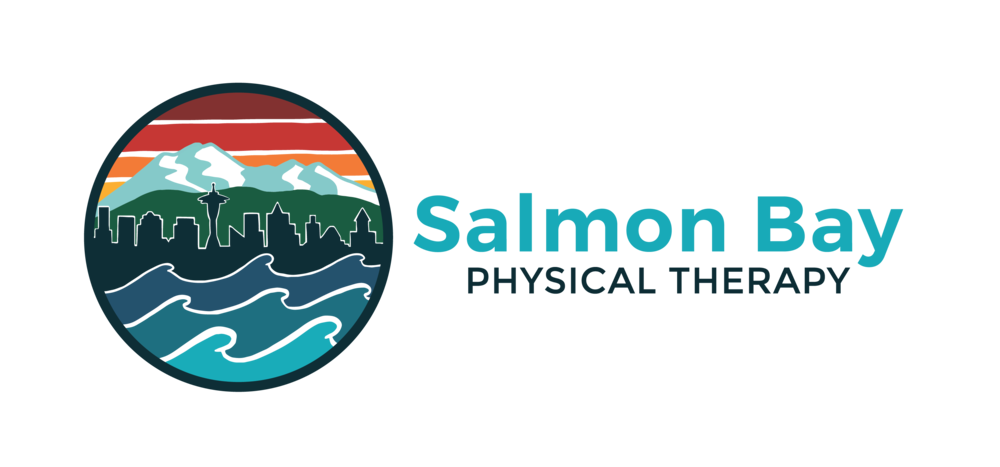What is the ACL?
The anterior cruciate ligament (ACL) is a ligament that connects the femur (thigh bone) to the tibia (shin bone). It is one of several ligaments of the knee that helps provide stability to the knee joint during movement. The ACL prevents the tibia from shifting forward relative to the femur and provides some rotational stability to the knee.
Injury to the ACL:
ACL sprains are a common sport injury of the lower extremity. ACL sprains are graded on a scale from 1 to 3 based on the amount of damage the ligament has sustained, with a grade 3 ACL sprain indicating a complete tear of the ACL.
ACL injuries are typically described as contact or non-contact injuries. A contact injury is when direct impact or contact is made against the knee, for instance during a football hit or soccer slide tackle. A non-contact injury occurs when an athlete moves in a specific way that overloads their ACL, which may include pivoting, cutting, twisting, or landing awkwardly from a jump. ACL injuries are often non-contact injuries. An athlete may be at an increased risk of sustaining a non-contact ACL injury if they have poor strength and movement mechanics through their legs.
Ways to Decrease the Risk of a Non-Contact ACL Injury:
An athlete cannot plan for contact injuries; however, they may be able to decrease their risk of sustaining a non-contact knee injury. Exercise-based knee injury prevention programs are a great way to decrease the risk of non-contact injuries during sports.
According to guidelines from the Journal of Orthopedic and Sports Physical Therapy, “there is strong evidence for the benefits of exercise-based knee injury prevention programs, including reduction in risk for all knee injuries and for ACL injuries specifically, with little risk of adverse events and minimal cost.”
It is recommended that all young athletes, particularly age 12-25 years of age in high risk sports (football, soccer, rugby, netball, basketball, and skiing) participate in a knee injury prevention program. This is especially true for female athletes under the age of 18 due to the increased risk of sustaining a non-contact ACL injury in this group.
A comprehensive knee injury prevention program should include:
Strength training
Strengthening exercises of the core, hips, and lower extremities. Exercises to include in a strengthening program are double leg squats, single leg squats, lunges, Nordic hamstring curls, plank variations, and heel raises.
Flexibility exercises
Addressing flexibility of the quads, hamstrings, hip adductors, hip flexors, and calf muscles.
Plyometrics and agility
To improve jumping and landing mechanics with exercises that include single leg jumps (forward and backward), skater jumps, and squat jumps, as well as running and agility exercises in forward, backward, and lateral directions.
A knee injury prevention program should also:
Be performed multiple times per week with training sessions that last longer than 20 minutes
Be started in the pre-season and continued during the regular season.
Examples of Knee Injury Prevention Programs:
FIFA 11+
The FIFA 11+ program is a soccer warm-up that was designed by international sports medicine experts to decrease injury risk in soccer players aged 14 or older. It was designed to be a comprehensive warm-up that incorporates jogging/running, strengthening, balance, plyometric, and agility exercises to decrease risk of injury during practice and games.
CLICK HERE to learn more about the FIFA 11+ program here:
Journal of Orthopedic and Sports Physical Therapy (JOSPT) Knee Injury Prevention Program
The JOSPT has created a knee injury prevention program with comprehensive exercises to reduce the risk of knee injury with sports.
CLICK HERE to see a video of these exercises for field sports (soccer, football, etc).
CLICK HERE to see a video of these exercises for court sports (basketball, volleyball, etc).
Working with a Physical Therapist:
A physical therapist can help screen athletes for injury risk and help athletes develop a program to reduce injury risk. A physical therapist can help develop an exercise program that addresses an athletes specific strength impairments or body mechanics with sport specific movements. To schedule an appointment with one of our physical therapists, CLICK HERE.

